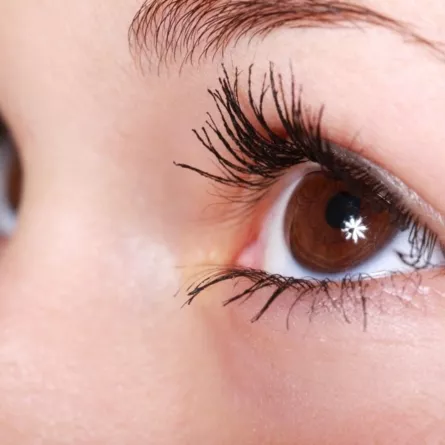
Myopia (Short Sightedness)
Myopia, otherwise known as short-sightedness, is a common eye condition that causes objects in the distance to appear blurred while close objects are often seen clearly.
Myopia occurs when the eye has too much focusing power, either due to the eye being too long or the cornea being more curved than usual making the eye too strong.
As a result, when someone with short-sightedness tries to look at distant objects, the rays of light are focused in front of the retina, rather than directly onto it, causing the appearance of those objects to become blurred.
Causes of myopia
Myopia, or short-sightedness, occurs when the eyeball is too long so it affects how the cornea and lens focus. This means objects in the distance appear blurry because light rays are focusing at the front of the retina rather than directly on its surface.
What specifically causes the eyeball to grow longer is currently unknown, however we are aware of other factors which can cause myopia. For instance, myopia commonly runs in families so you are more likely to develop it if both sides of your family are short-sighted.
How much time you spend outside and indoors can also affect your eye sight. Spending a disproportionate amount of your time reading, writing, or at a computer can trigger myopia.
Although the contrasts between outdoor and indoor lighting can also increase the degree of myopia during the development stage, so ensuring you have a balance of sunlight and artificial light will help to reduce the strain on your eyes and the degree of myopia.
The eye condition is also more common in some demographics. For instance, myopia is more common in people with Asian roots.
Short-sightedness in older people can actually be an early indication of cataracts.
Myopia typically develops around puberty, but its onset can be at any age. As myopia is caused by the eye growing longer, it usually becomes worse as a child progresses into adulthood.
Common symptoms of myopia include:
- difficultly reading and seeing distant objects clearly
- squinting your eyes to see better
- regular headaches and eye strain
Symptoms of myopia vary between person to person. Short-sightedness usually starts around puberty and gets worse over time until the eye is fully grown.
By looking out for certain signs you can identify myopia in children, such as noticing how they may sit close to the TV or ask to sit at the front of the class so they can see the whiteboard. Children may also rub their eyes regularly or complain about headaches.
If you think you or a loved one might have myopia, an eye test will determine if you are short-sighted, and you will be given a prescription for contact lenses or glasses to help correct your vision.
Treatment for myopia at Optegra
The most common treatment for myopia is prescribed glasses or contact lenses to correct your vision. However, patients who no longer want to rely on spectacles or are unable to use contact lenses may wish to consider laser eye surgery instead.
At Optegra, we always aim to offer our patients a variety of treatment options so that they can choose which one is right for them:
Laser eye surgery
Laser eye surgery is most common treatment for any patients not wishing to wear glasses or contact lenses.
Clarivu lens replacement
As a technically-advanced development of cataract surgery, a lens replacement aims to provide a permanent solution to myopia.
Phakic ICL (implantable contact lens)
ICL, or implantable contact lens, is a surgical procedure in which a lens is placed in your eye between your natural lens and iris, or between the iris and cornea.
Book a one-to-one consultation with one of our highly-trained ophthalmic specialists to see which procedure is right for you. We will give you a unique assessment and help you decide on your best treatment options.